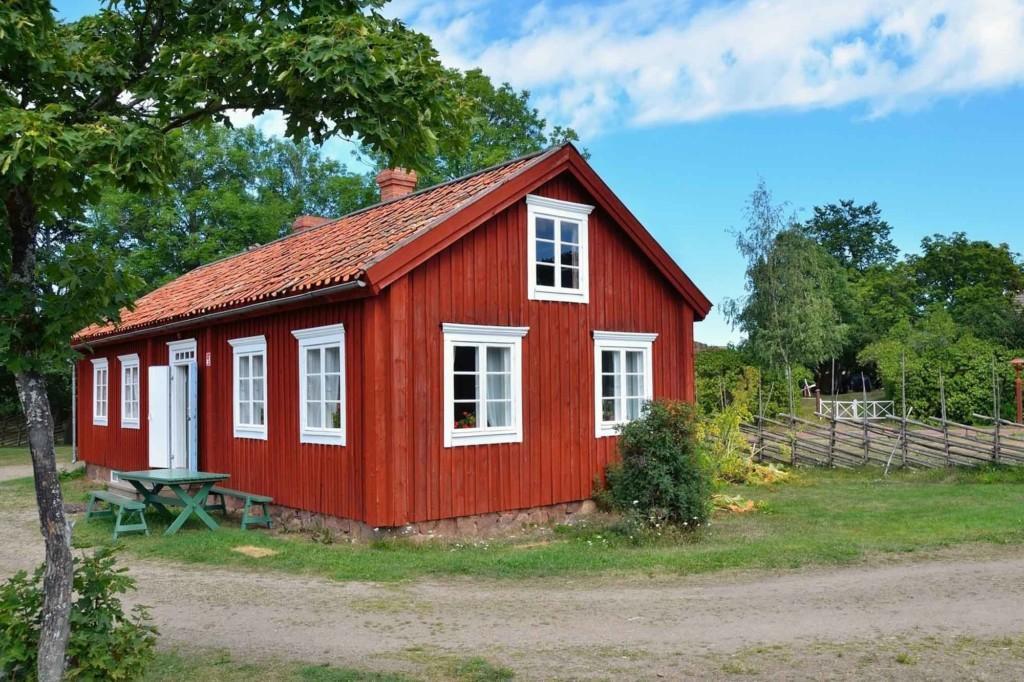A skylight provides light but also poses a risk to the building
A skylight adds nice light and atmosphere and an impressive look to a room such as a dark attic space. A skylight can also make the space feel bigger. In addition to the beauty and comfort that a skylight brings, you should consider the risks it poses to the building.
Why is a skylight a risk?
The building regulations specify the how high up on the wall the waterproofing in a wet room must extend (300 mm). However, due to the relatively shallow profile of a skylight, the required waterproofing height is not achieved in the case of skylights, and the waterproofing usually rises up the wall by some 100–150 mm.
In addition to inadequate waterproofing and sealing, ice, snow and water on top of a skylight create challenging conditions for the skylight and its sealing, which need to be maintained.
Skylights can easily be covered by snow, causing melting snow and ice to put significant moisture stress on the window and even water pressure on the weather strips. Exceptional weather conditions also increase the moisture stress of the structure.
Furthermore, condensation of moisture from the indoor air on the inner surface of a cold skylight can cause problems. Condensed water can run down along the window frames on the inside, damaging the structures.
A skylight cuts off the ventilation of roof structures running in parallel to the roofing. This poses an additional risk of damage to the structures surrounding the skylight.
According to the maintenance instructions of skylight manufacturers, the surroundings of the skylight should be kept free of snow and ice in the wintertime. This is impossible in practice, however, which makes it possible and likely that there will be a leak in a skylight at some point in its life cycle.
How common a high-risk structure is a skylight?
In the housing trade condition evaluations made by Raksystems, skylights have most often been found in houses from the 1970s to the 2000s.
In the sites we inspected, a skylight was found in:
- Around 30% of the houses built in the 1970s, or in one third
- Around 20% of the houses built in the 1980s
- Around 15% of the houses built in the 1990s and 2000s
In about 15% of these sites with a skylight, a further survey of the surrounding structures was recommended, and an outright recommendation to repair or renovate the structure was given for 70% of the sites.
What are the most common causes of damage to a skylight?
The most common causes of damage to a skylight and the surrounding area are:
- The joint between the window and the underlay being improperly sealed.
- The elevation between the window and the roof being defective.
- Maintenance of the windows having been neglected, debris in between and next to the window.
- Skylights are usually covered by snow in the wintertime, causing melting snow and ice to put significant moisture stress on the window and even water pressure on the weather strips.
- On pitched roof sections, the ventilation of the space below the roof is usually blocked by the skylight.
- Typically, there are deficiencies in the tightness of the vapour barriers around the frame of a skylight, or there are no vapour barriers at all. Similarly, there may be deficiencies in the thermal insulation of the window frame. This usually results in the condensation of moisture in the structures around the skylight and possibly also the formation of ice in the ventilation gap for the space below the roof around the skylight, which can result in “hidden” moisture damage in the window and roof structures.
- If the skylight has been installed in a room with a swimming pool or a washroom, the risk of condensation on the cold skylight surfaces is more pronounced.
Should the structures around a skylight be studied?
To determine and examine the condition of structures surrounding skylights and to establish whether the risks associated with them have been realised, it is always necessary to open and inspect the structures to a sufficient extent. The number and location of places in which the structures are opened must always be determined on a case-by-case basis.

If necessary, the condition survey may also include a variety of microbial studies. The need for microbial studies is always assessed on a case-by-case basis in connection with a condition survey.
How to repair a skylight?
If the structures around the skylight are damaged, repairing them is recommended. If the skylight is leaking but the structures are still intact, the first step is to replace the weather strips. If this does not help, we recommend installing a new window.
What is a high-risk structure?
A high-risk structure refers to a type of structure which has been found in practice and based on structural surveys to be highly susceptible to damage. The structure usually complied with the building regulations and guidelines valid at the time when it was built, and the susceptibility to risk was not recognised until at a later point in time. As a result, the structure is no longer used.
Typically, damage to high-risk structures is caused by moisture entering the structure, either through the soil from the outside or from the indoor air in the form of water vapour. An example of a commonly observed high-risk structure is a false plinth.
The condition of the high-risk structure, i.e. whether the risk has been realised, should always be investigated. This is usually possible only by opening the structure.



